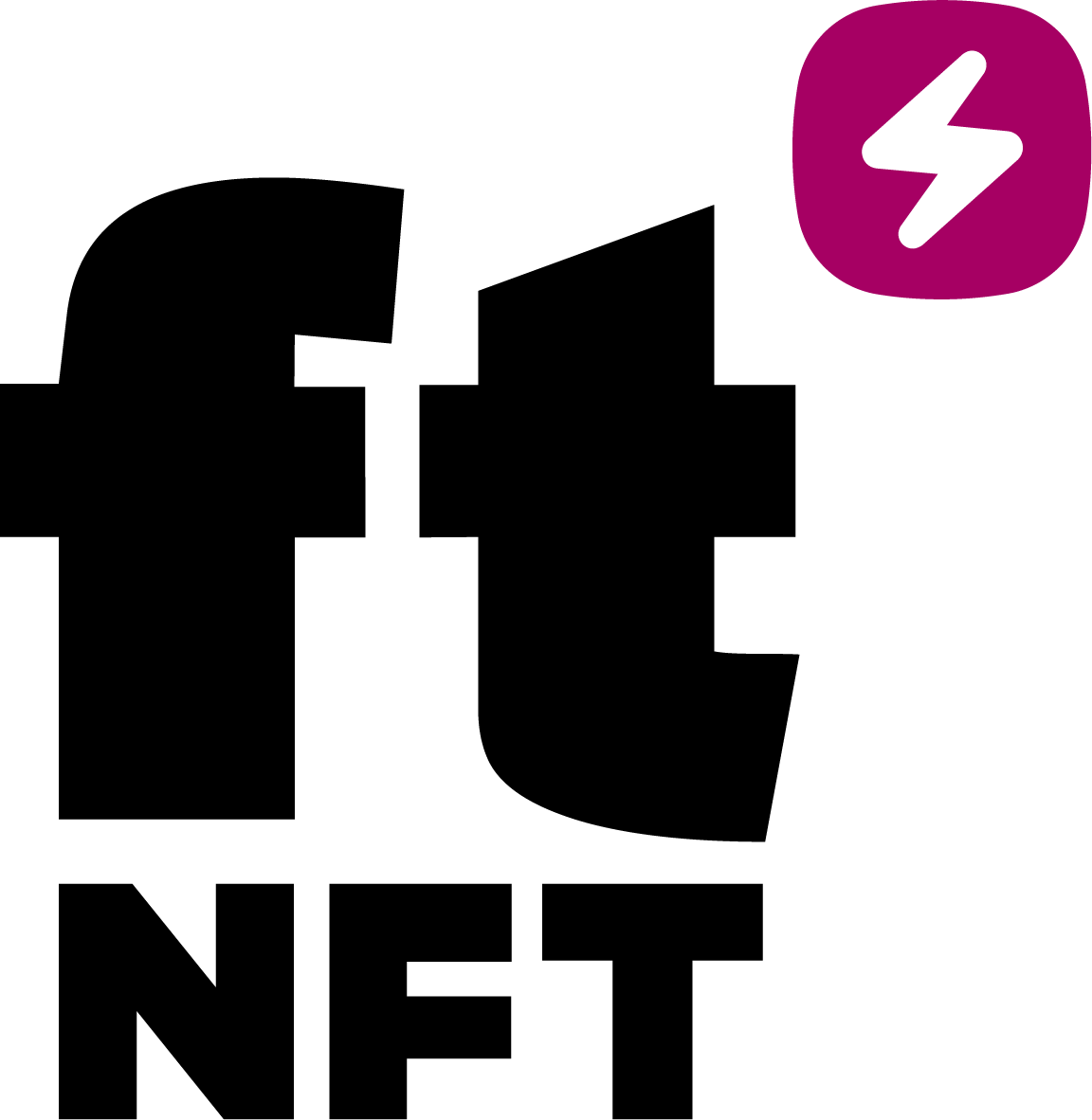Getting Started
Let’s break down some key points in an easy-to-understand beginner's guide.
ftNFT is an NFT platform that aims to provide digital solutions to everyone, from experienced users to individuals who have just started their journey and are willing to learn. The platform makes NFT technology accessible to all through a marketplace operating within the Fastex ecosystem and its phygital NFT stores based in the UAE.
The marketplace enables you to become an NFT artist and engage in activities including buying and selling these digital assets. The stores on the other hand offer a unique experience to view NFTs in physical and digital words right next to one another. The shops also provide virtual services and solutions, from 3D avatars to rooms in the metaverse.
To become a user, you must create your Fastex Exchange account. Here's a video to help you get started.
Non-fungible tokens (NFTs) are blockchain-based cryptographic digital assets that cannot be copied. They can be linked to real or virtual items such as art, digital images, real estate, and more. These digital tokens represent the unique identities of the creator and owner of each item. All transactions made regarding an NFT, be it to buy or sell, are all recorded on the corresponding blockchain.
Gas fees are transaction fees paid to the network of a blockchain, such as Ethereum, for the processing of smart contracts or token transfers. Gas fees are used to compensate the network nodes that validate and execute the transactions while encouraging miners to prioritize the transactions with higher fees. The gas fee amount is determined by the complexity and size of the transaction, as well as the current network demand and congestion. The network typically accepts its native cryptocurrency for the gas fees and the amount can vary depending on the market conditions.
By adjusting the gas price and limit, users can prioritize the speed and cost of their transactions. For example, if a user wants their transaction to be processed quickly, they can set a high gas price to incentivize miners to include their transaction in the next block. However, this would result in a higher transaction fee. Conversely, if a user is willing to wait longer for their transaction to be processed, they can set a lower gas price to reduce the transaction fee.
Similarly, users can adjust the gas limit to control the maximum amount of gas they are willing to spend on the transaction. If the gas limit is set too low, the transaction may fail due to an out-of-gas error. On the other hand, setting the gas limit too high may result in unnecessary gas fees.
Minting refers to the process of creating an NFT on a blockchain. This involves creating a unique digital asset, attaching a set of information known as metadata to it, and then recording it as a token on a blockchain.
The process of minting an NFT typically involves using a smart contract on a blockchain platform such as Ethereum, where the creator of the NFT can specify certain parameters such as the token name, symbol, and total supply. Once the NFT is minted, it is recorded on the blockchain and it becomes available for users to buy and sell it.
Anyone with access to the necessary blockchain tools can mint an NFT, and create unique digital assets such as art, music, videos, and more.
Currently, Ethereum is the activated blockchain on ftNFT. However, new blockchains are going to be added soon to the list.
ERC-721 and ERC-1155 are Ethereum smart contract standards used to create unique, non-fungible tokens (NFTs) and fungible tokens, respectively.
ERC-721-based tokens are unique and cannot be replaced or exchanged for other tokens, whereas ERC-1155 tokens can be partially or fully fungible, meaning they can represent different amounts or types of assets. Both contracts allow for the creation, ownership, and transfer of these digital assets on the Ethereum blockchain, enabling a new level of digital ownership and provenance tracking for a variety of use cases, such as art, and collectibles.
No, each NFT can only exist on one blockchain.















